When you are choosing your favorite lilac flowers, there are a number of attributes and considerations that will go into your final choice.
You will select according to type, size, shape, meaning and symbolism and, of course color – this is usually a major part of your decision.
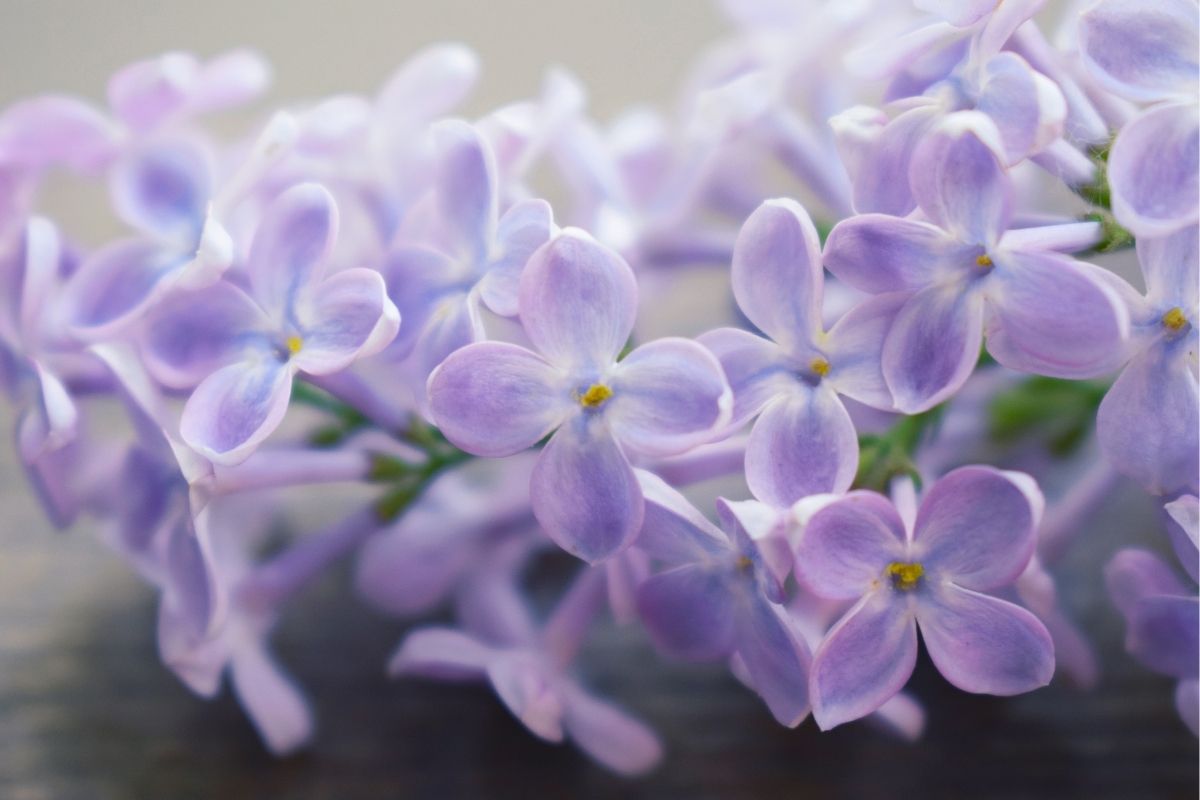
Lilac flowers are a common favorite, thanks to a gentle, elegant shade and plenty of positive meanings.
While it is impossible to cover each and every lilac flower on the planet – many of them haven’t even been discovered yet – we have put together a pick of some of the top options, so that you have a chance to learn and explore more about the wonders of nature.
Happy learning!
1. Verbena

Botanical name: Verbena
With small, purple blooms designed to delight all summer long, it comes as no surprise that Verbena plants are a common inclusion in floral bouquets and arrangements.
It is also popular to dry the flower to enjoy its pale lilac petals.
2. Lavender

Botanical name: Lavandula
One of the most famous lilac flowers, lavender is known for its strong, distinctive scent and sprays of purple flowers.
If you are adding lavender to your garden, remember that it grows and seeds quickly, so you will need to keep it in check.
3. Clematis
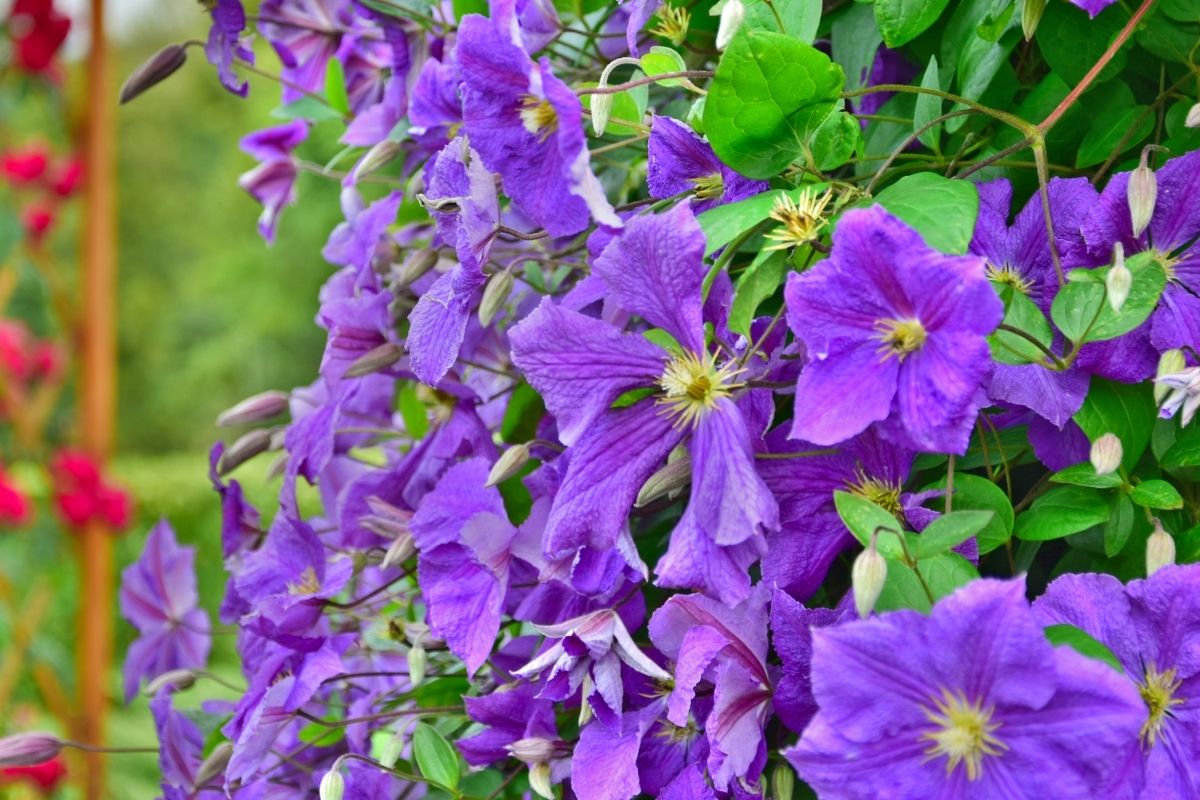
Botanical name: Clematis
A famous climbing plant, lavender clematis is one of the most stunning shades, and can grow up to an impressive 30 feet in height, making it ideal for covering walls, gates and large surfaces.
4. Bellflower
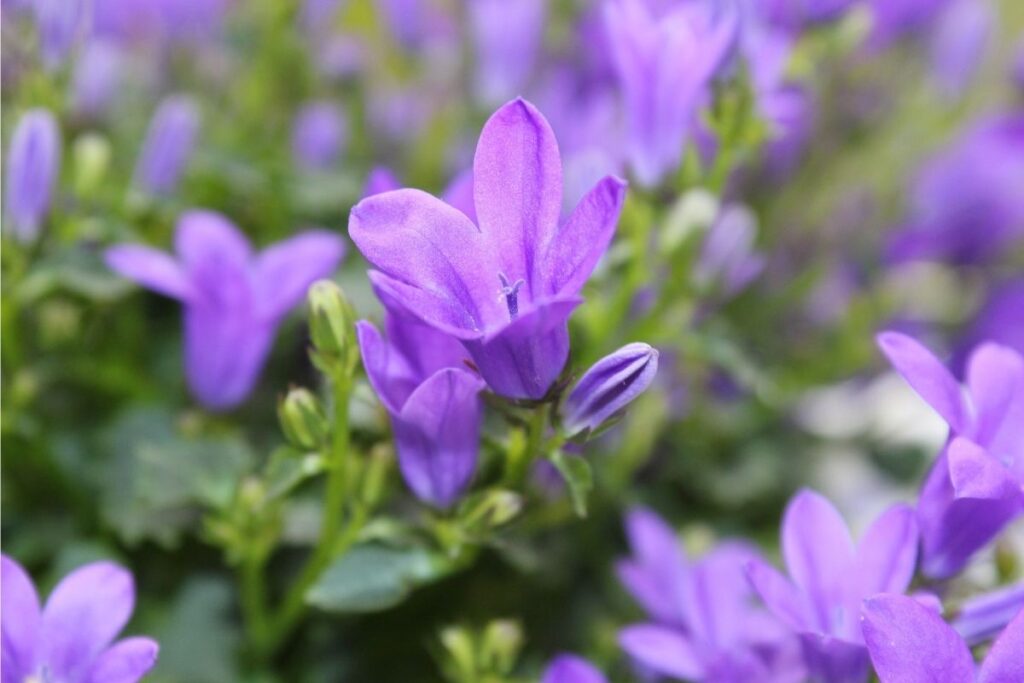
Botanical name: Campanula
Delicate and adorable, these tiny bell-shaped flowers are ideal for window boxes or ground coverings, and come in various shades of white and purple, including delicate lavender.
5. Dwarf Iris

Botanical name: Iris pumila
The tinier relations of the more commonly recognized iris flowers, dwarf iris varieties combine deep lilac petals with a bright, vibrant yellow center for an amazing contrast in a window box, or when planted along the ground.
6. Balloon Flower

Botanical name: Platycodon grandiflorus
Just before these stunning flowers blossom and reach their full potential, the bloom that precedes the main event is a light lilac – and this is just a stunning as the main flower.
Remember to opt for Astra Blue or Fuji Blue when making your purchase, to ensure that you enjoy the best possible colors.
7. Catmint
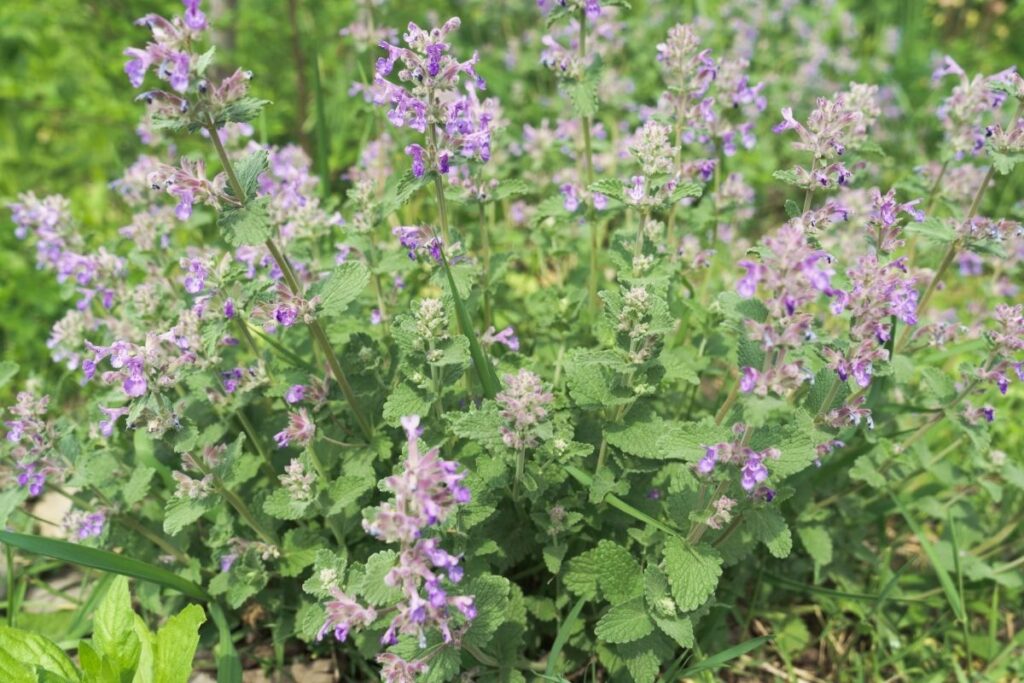
Botanical name: Nepeta
Perfect for your furry feline friends, catmint is a cousin of the famous catnip, and creates stunning lilac blooms – you can enjoy the flower, and give the leaves to your kitty as a treat to keep them occupied for hours!
8. Salvia
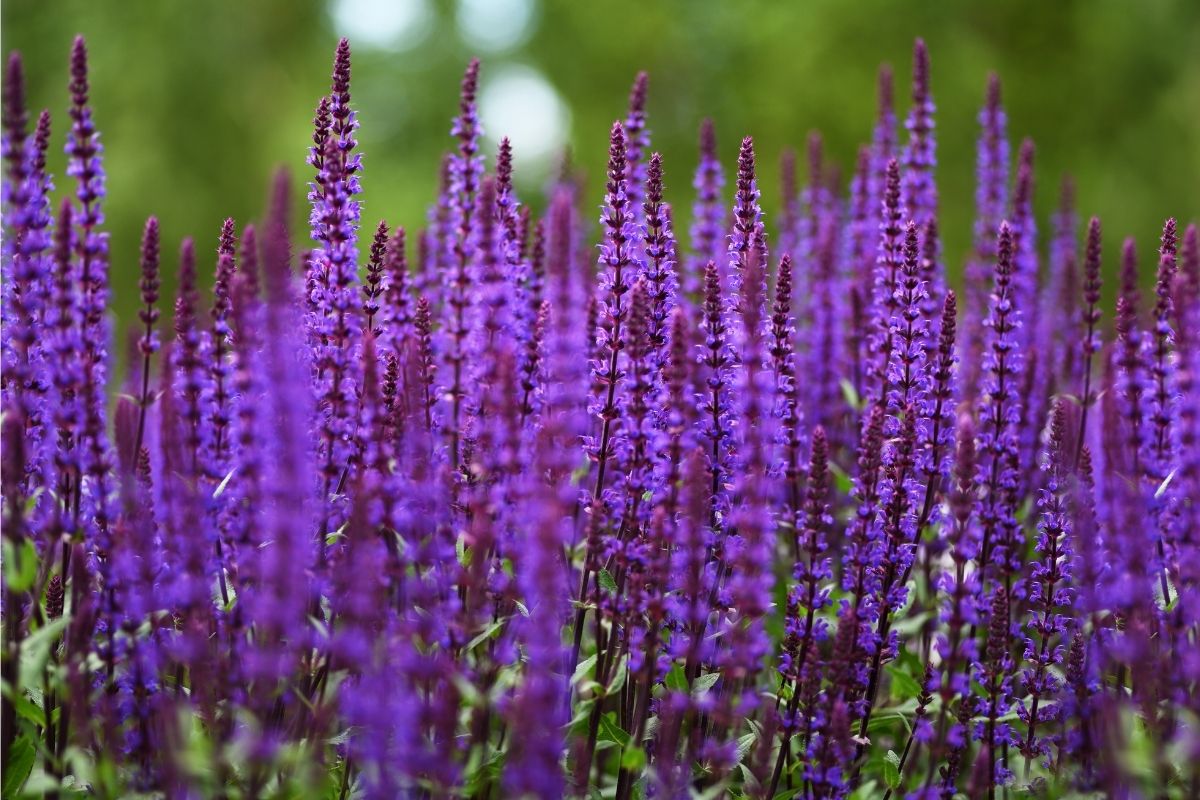
Botanical name: Salvia
Salvia and lavender are often mixed up, as they share the same tall, lilac strands.
The scent, however, is different – but that doesn’t mean that salvia is any less stunning when it makes its way across a field or garden!
8. Allium

Botanical name: Allium
A great combination of sharp spikes and soft, lilac petals, allium is also great for discouraging deer from your garden; they famously hate the plant, and this can help stop them from digging up your flowers or fruits.
In addition, bees and butterflies love allium!
9. Monkshood

Botanical name: Aconitum
So called thanks to its uncanny resemblance to a monks habit, monkshood has a link to the darker side of life, with a strong presence in the occult, tales of witchcraft, and stories of darkness.
Note that it is very poisonous, so avoid planting this if you have pets or children.
10. Alpine Betony

Botanical name: Stacheys
Whether you have a tiny window box or a patch of ground that needs to be covered, these cute, tiny flowers are unique in their appearance, and their tiny petals resemble tiny feathers – ideal for something that stands out!
11. Lady of the Nile
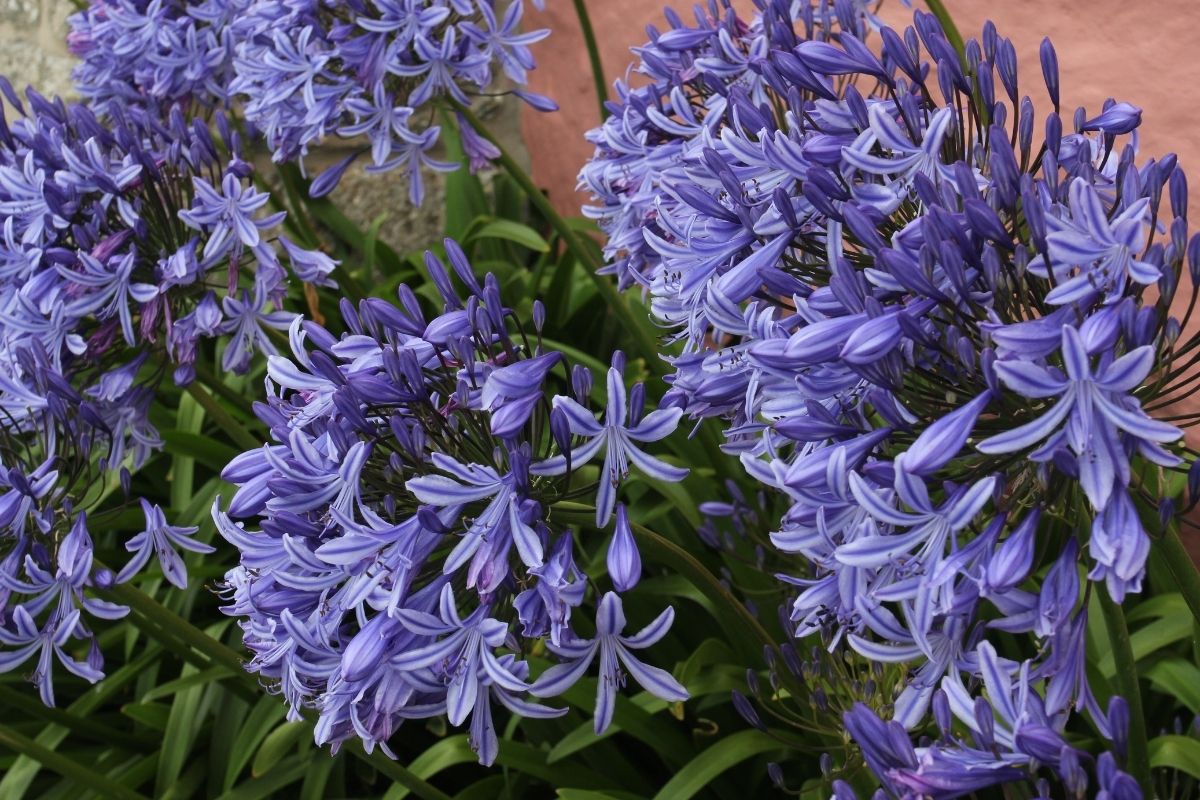
Botanical name: Agapanthus
For something a little unusual, Lady of the Nile is your new top choice.
They can reach up to 4 feet in height, and their small lilac flowers look more like leaves than traditional petals, adding an individualist touch to any garden.
12. Anemone
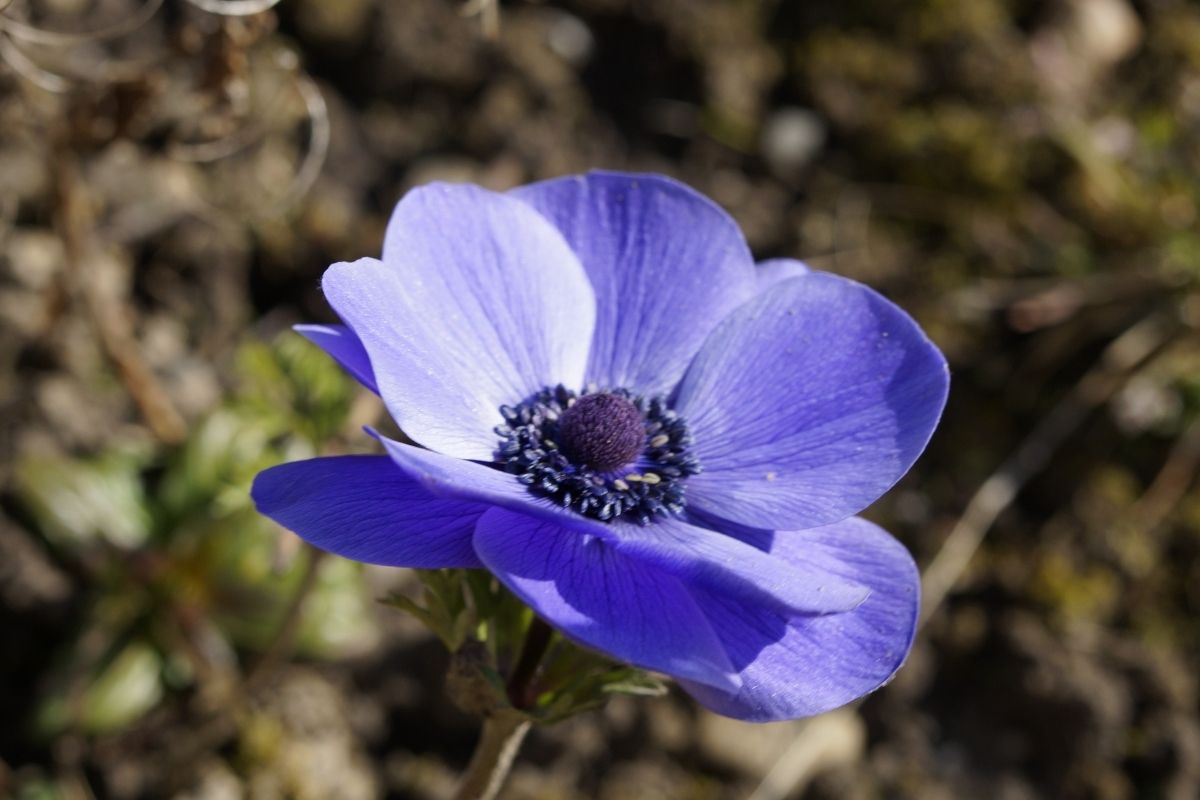
Botanical name: Anemone
Looking for something to fill your rock garden with stunning shades of lilac? Anemones are an ideal choice, and will offer you bright, vibrant colors all summer long.
13. Bee Orchid
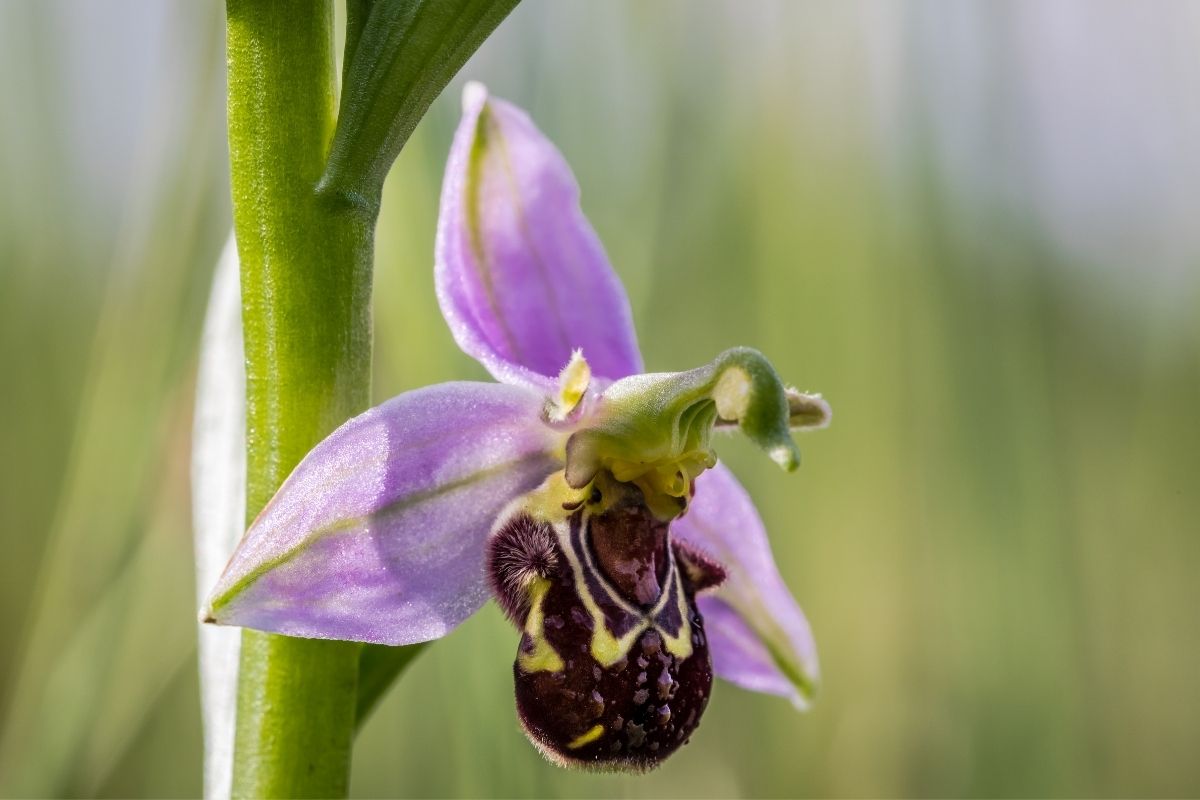
Botanical name: Ophrys apifera
If you are looking for a flower to attract bees to your garden, the aptly named “bee orchid” is, perhaps unsurprisingly, a smart choice.
The name actually comes from the center of the flower, which bears a strong resemblance to a small fee feeding from the nectar, but takes on a new meaning when you see how bees love this plant.
14. Bittersweet Nightshade
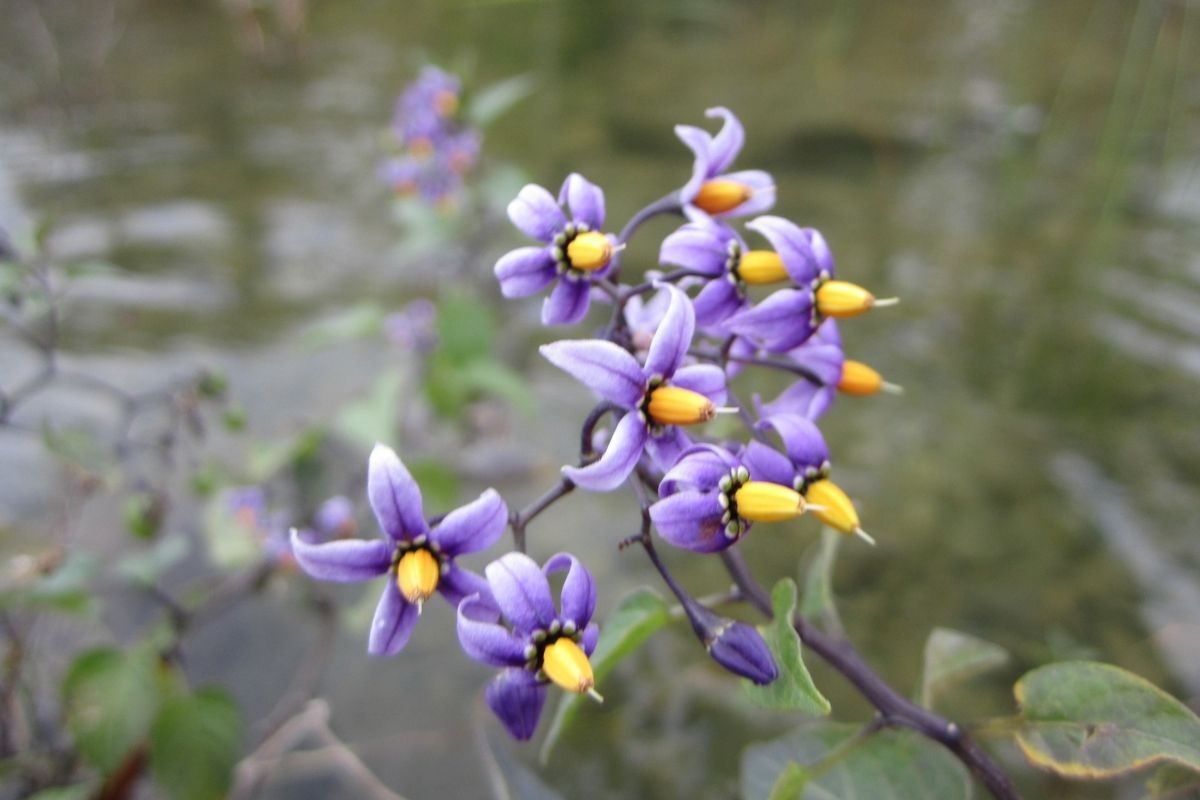
Botanical name: Solanum dulcamara
This Bittersweet Nightshade is known for its cute purple flowers, which are ideal for climbing up gates, walls and doors, and offer a stunning curtain of beauty to your space.
Take care if you have children or animals however, as the berries are very poisonous if eaten.
15. Wild Indigo
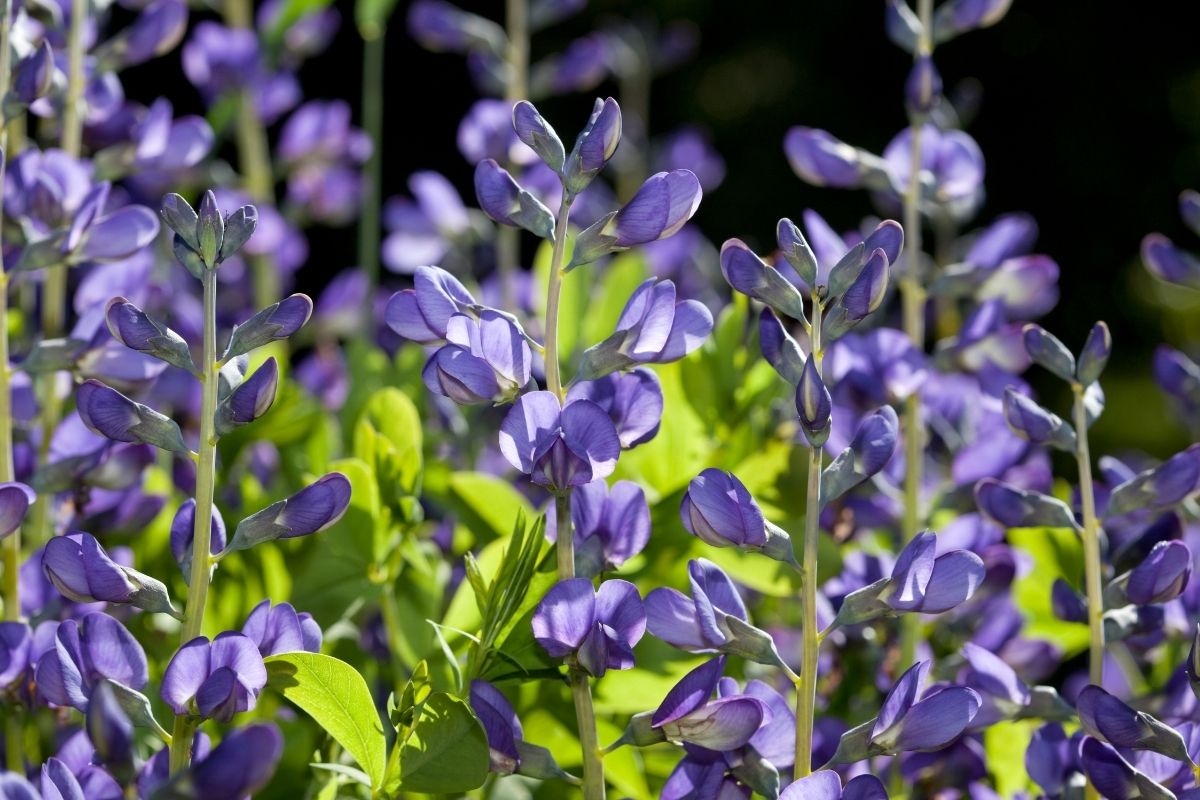
Botanical name: Baptisia australis
Often mistaken for lavender, wild indigo looks truly breathtaking when they are in full bloom, and can grow up to an impressive 4 feet in height. They make a great choice for arrangements and bouquets.
16. Bell Heather
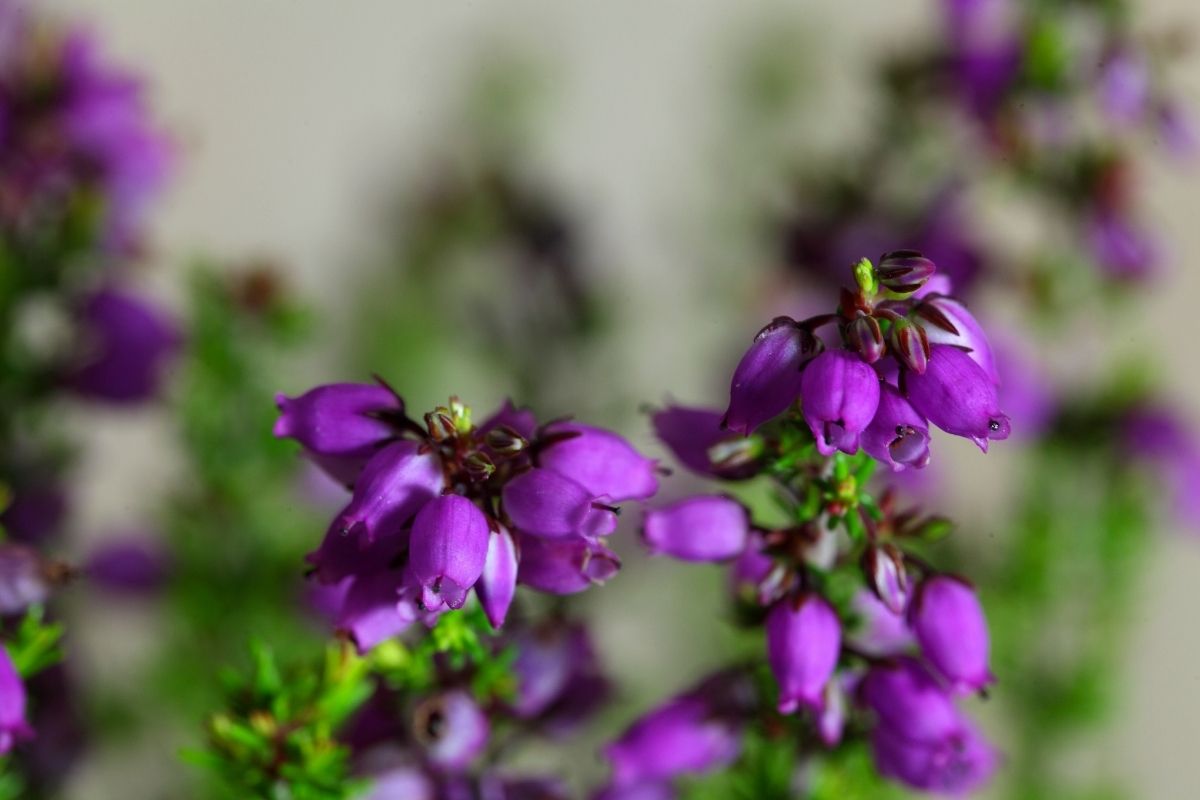
Botanical name: Eric cinerea
Perfect for lining walkways, roads and gardens, these tiny lilac flowers grow on low shrubs, and are a great alternative to long-stemmed flowers.
17. Blue-Eyed Grass
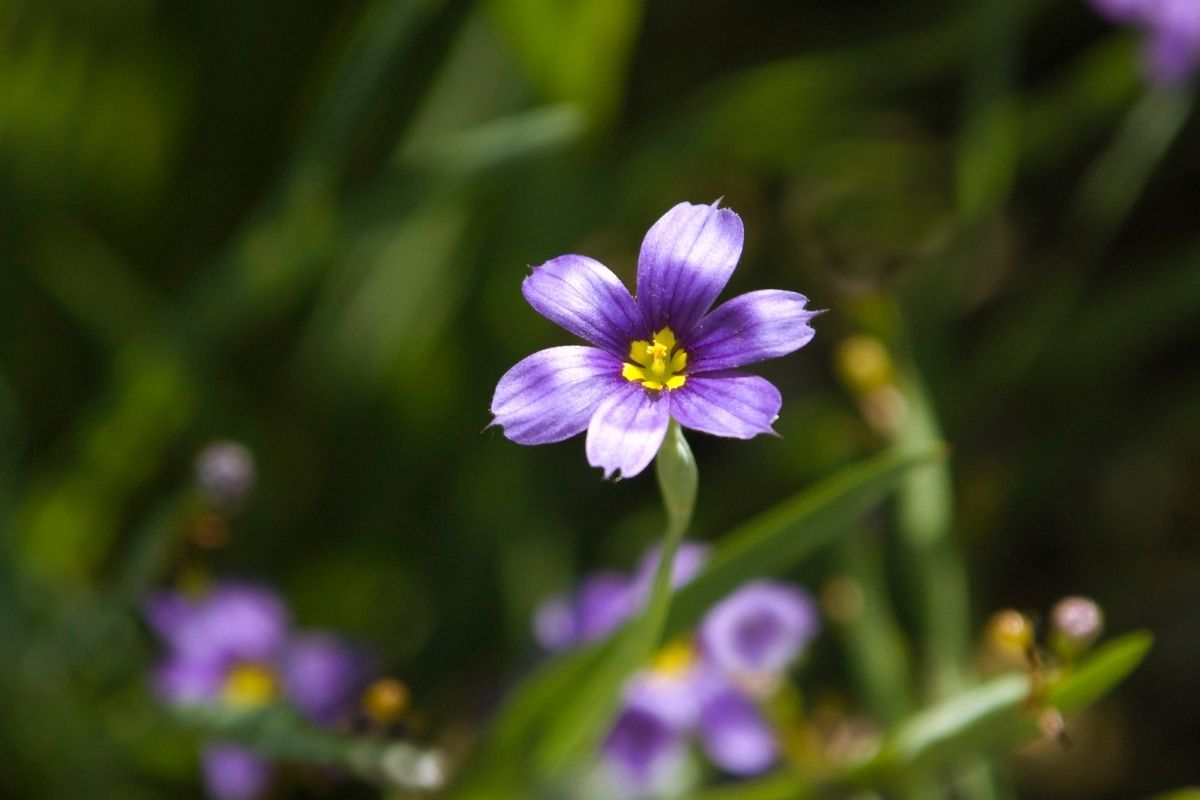
Botanical name: Sisyrinchium
Despite the name, Blue-Eyed Grass is neither blue or grass – in fact, it is a small lilac flower; and these look stunning when they are grown in clumps and groups.
18. Wild Hyacinth

Botanical name: Camassia
Create a stunning meadow with a wild hyacinth collection, and watch the groups of bees choose your spot as the ideal hangout.
19. China Aster
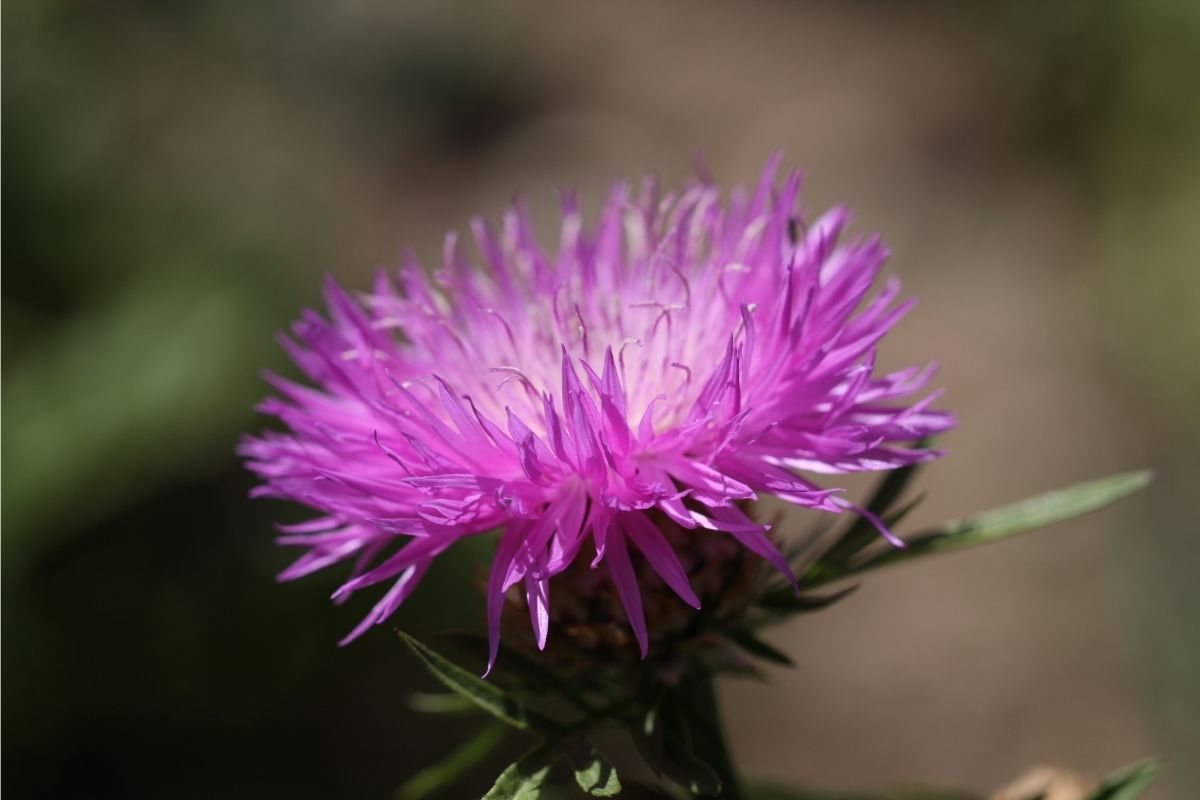
Botanical name: Callistephus chinensis
Often confused with chrysanthemum flowers, China Aster flowers are a smaller, more petite version, and look amazing when potted indoors, or as part of the display for a window box.
20. Canterbury Bells

Botanical name: Campanula medium
If you are looking for something easy and relatively effortless to grow, Canterbury Bells are a top choice, and are so named for their bell shaped blooms, each of which have five points.
Be prepared to be patient, however, as it can take a year for their true beauty to show through.
21. Carnations

Botanical name: Dianthus Caryophyllus
A popular choice for many flower fans, carnations come in a wealth of shapes, sizes and colors – but they really look amazing when you see them in shades of glorious lilac. These are great for gifts and bouquets.
22. Cattleya Orchid
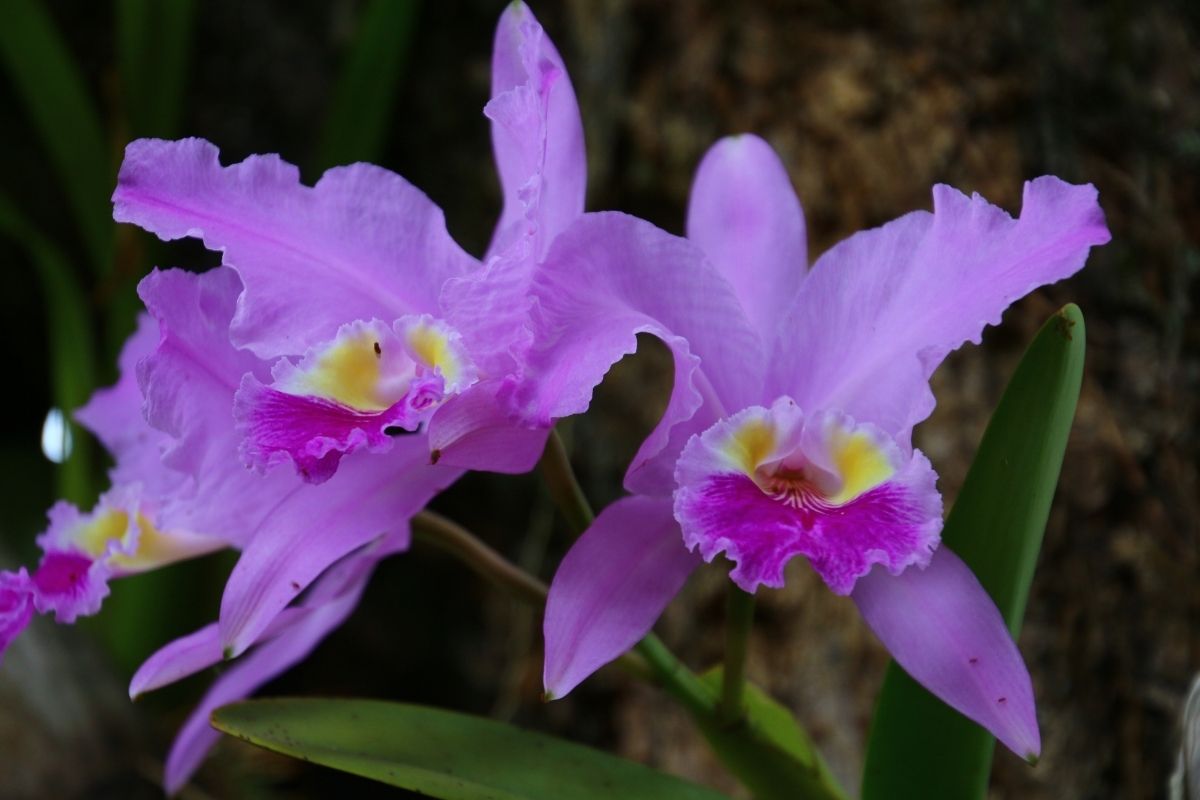
Botanical name: Cattleya
With over a century’s worth of love and popularity, Cattleya Orchids are amongst the easiest type of orchids to grow, making them a great option if you are new to these types of flowers, as orchids can be tricky to grow.
23. Sea Thistle
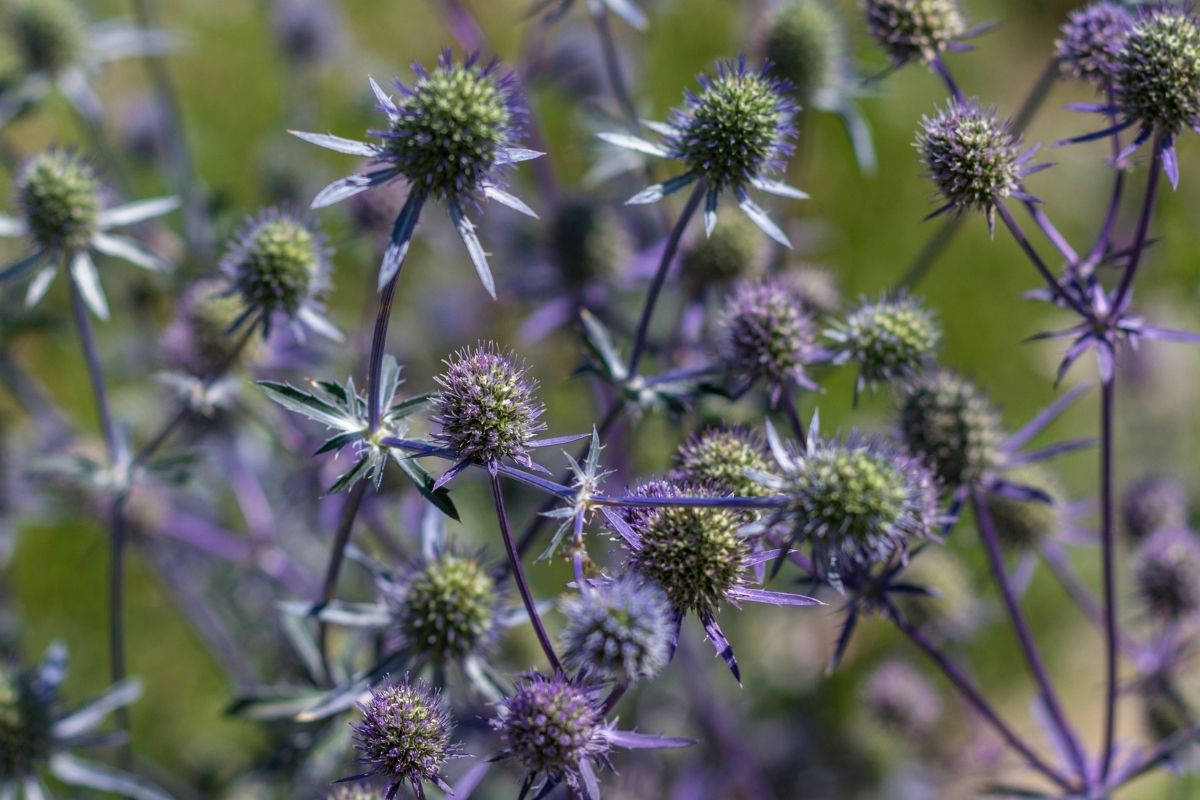
Botanical name: Eryngium
Although not generally considered to be classically beautiful, Sea Thistles are growing in popularity thanks to their interesting and unique blooms, which are shaped like gloves.
Bees, birds and butterflies also appreciate this flower, so stock up if you want to create a wildlife oasis.
24. Purple Calla Lily
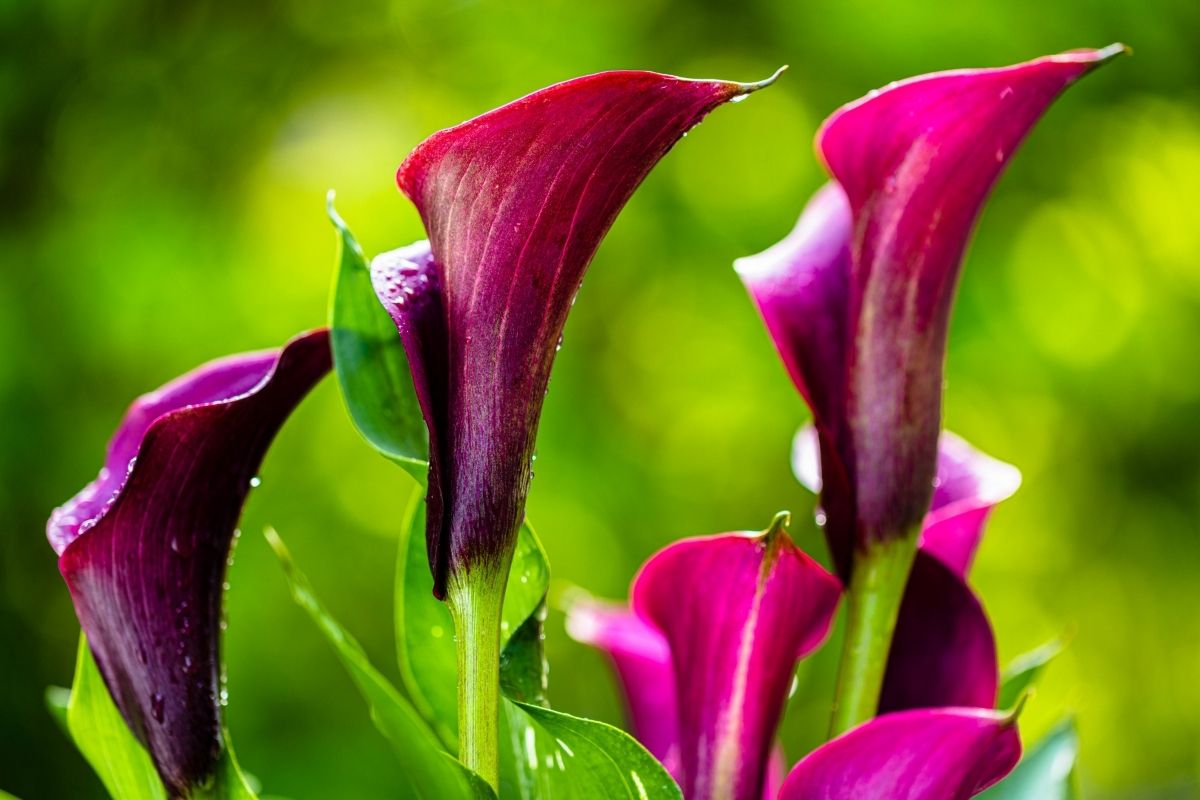
Botanical name: Zantedeschia rehmannii
Commonly given as gifts around Easter, Purple Calla Lilies have a single petal bloom, and their beauty is unique, captivating and appreciated by any recipient.
25. Cosmos
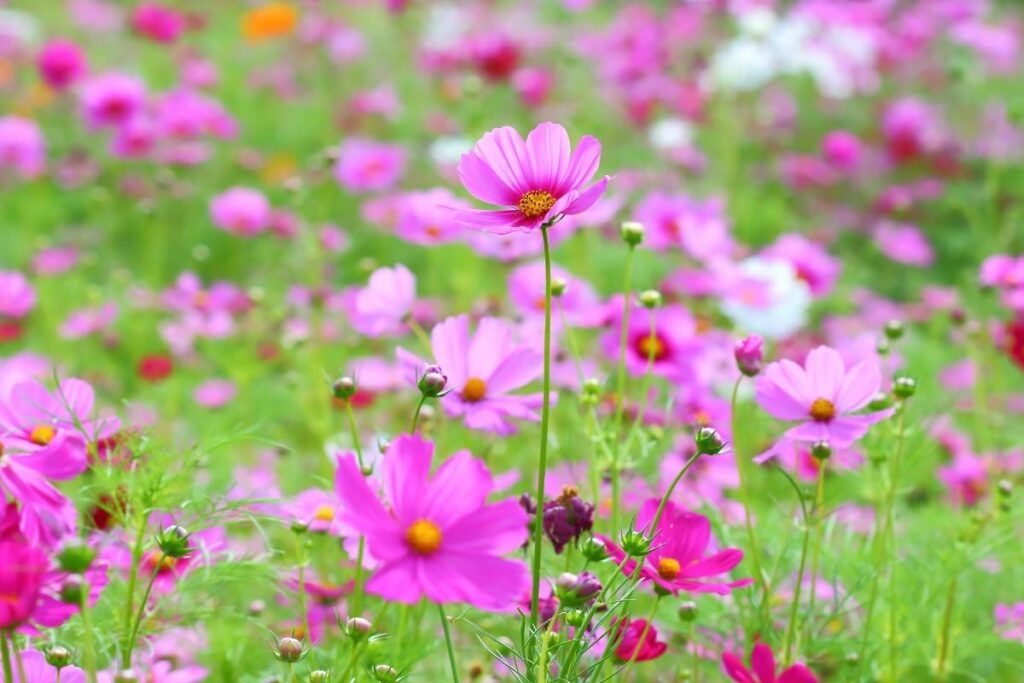
Botanical name: Cosmos bipinnatus
Often planted alongside fences and beside houses, Cosmos blooms can grow to be super tall, and this creates a stunning shock of color to any garden.
26. Common Comfrey

Botanical name: Symphtyum officinale
Hardy and tough, the Common Comfrey can withstand even harsh weather conditions, and is distinguished by blooms shaped like bells, with unique furry leaves.
As an added bonus, they require minimal maintenance and looking after, so are great for those who are short of time.
27. Coneflower
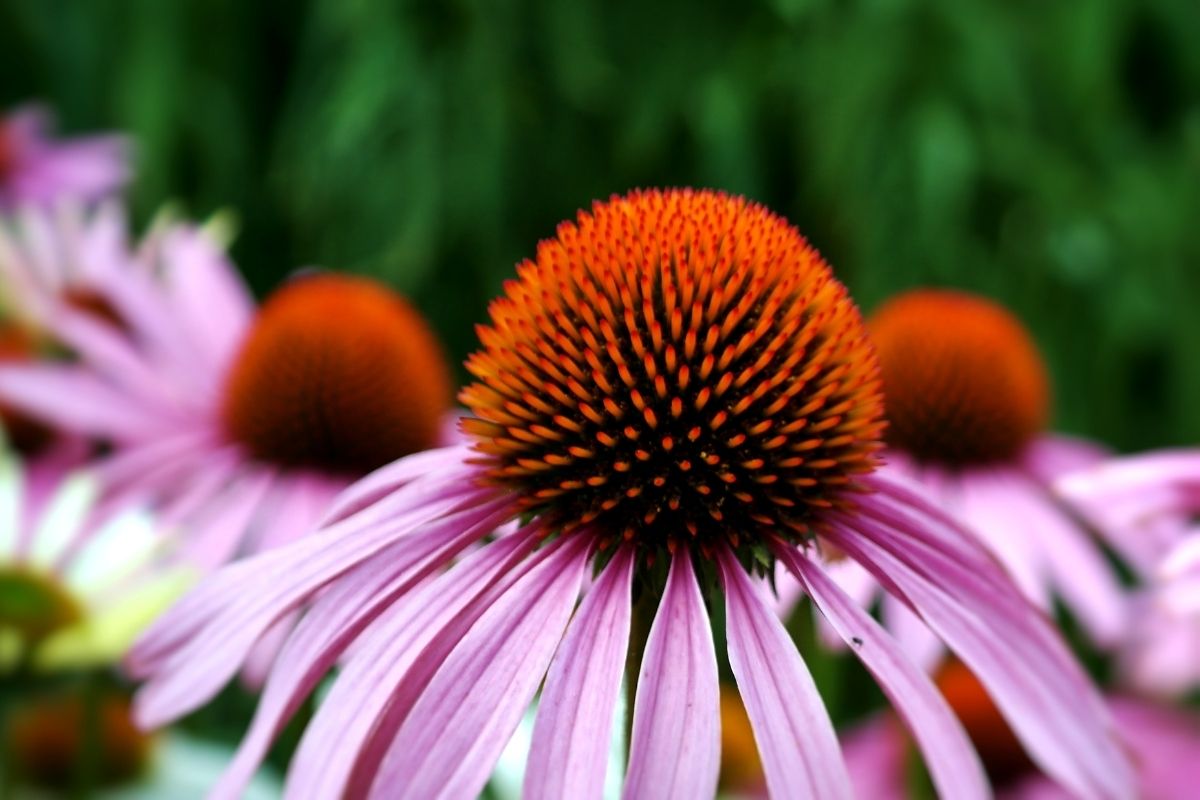
Botanical name: Echinacea
Part of the daisy family, Coneflowers are bright, vibrant and ideal for hot and dry areas. Bright orange centers and gentle lilac petals are a great contrast, and both birds and butterflies will flock in their droves.
28. Candytuft
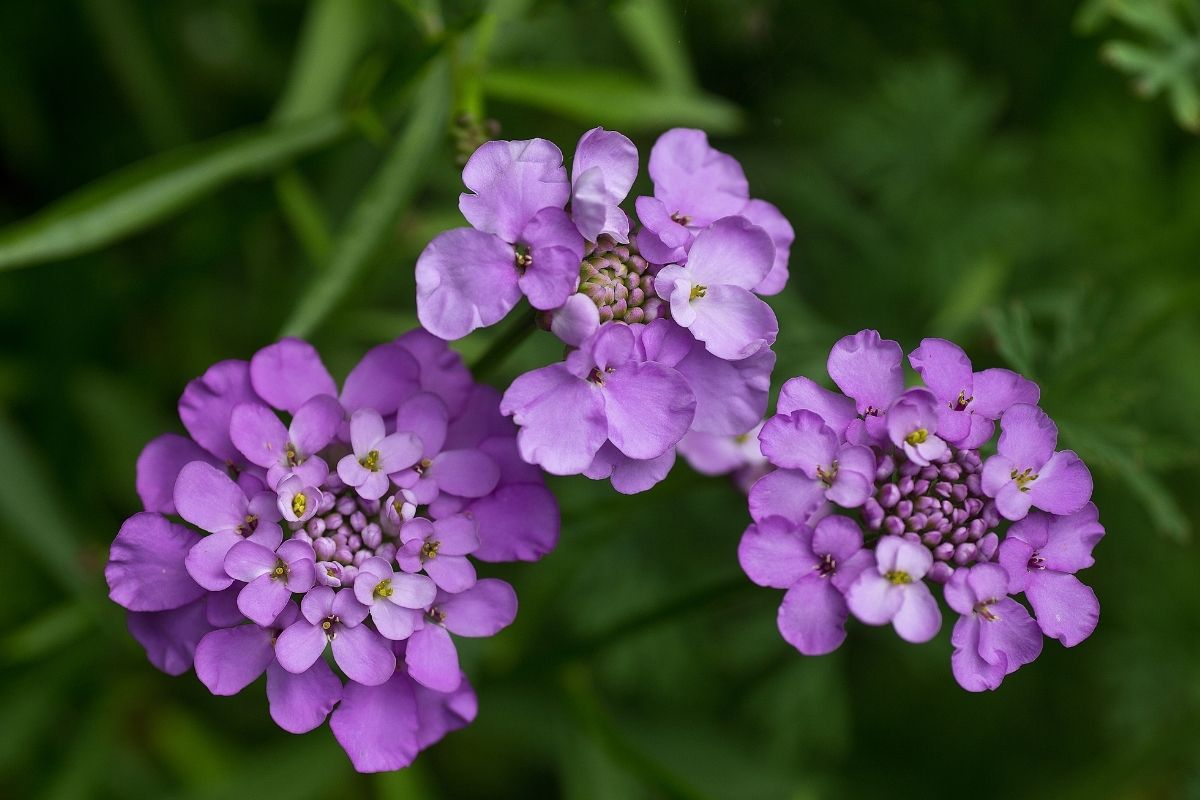
Botanical name: Iberis
This adorable flower gets its name from its resemblance to cotton candy, and makes a great addition to rock gardens and flowerbeds. They can be dangerous if ingested, however, so stick to admiring them from a distance!
29. Cyclamen
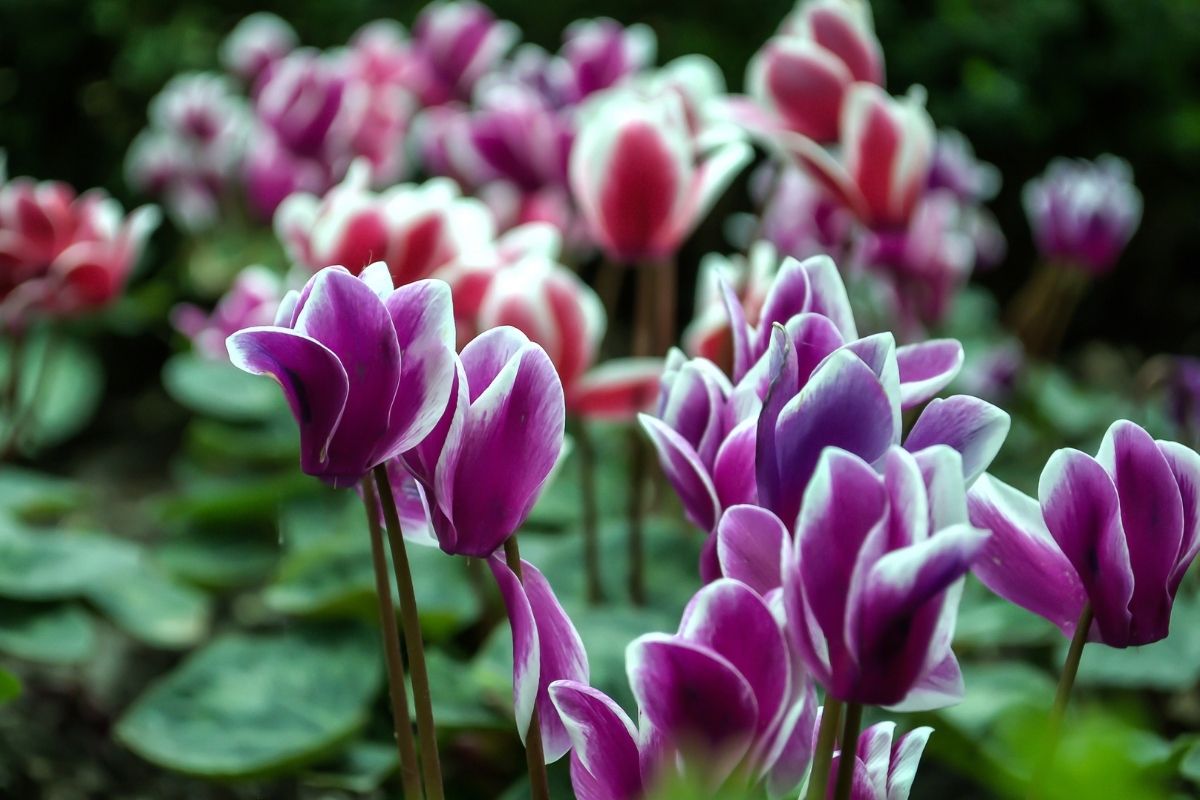
Botanical name: Cyclamen
Cyclamens are most commonly found as houseplants, and their gorgeous lilac leaves are a great addition to any space.
30. Crocus
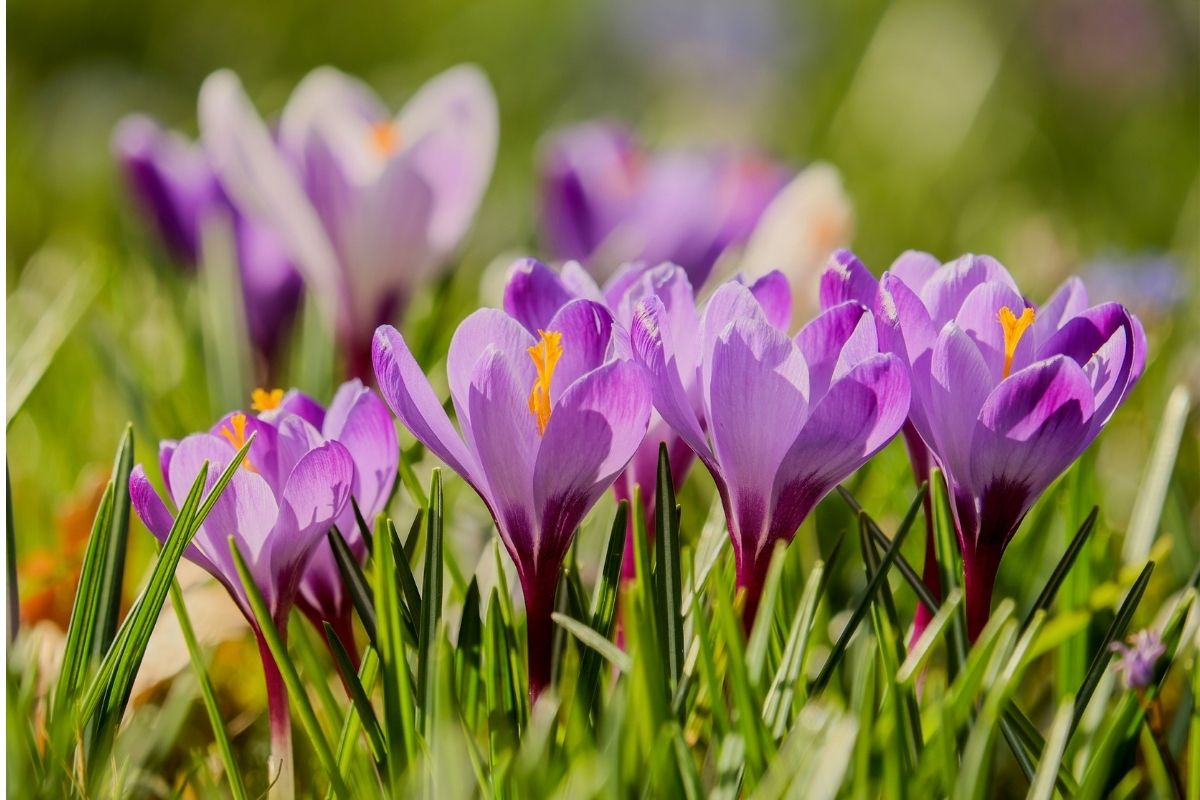
Botanical name: Crocus
When you see a crocus, you can be sure that spring is just around the corner, and you have the added bonus of attracting the attention of bees from far and wide.
31. Columbine
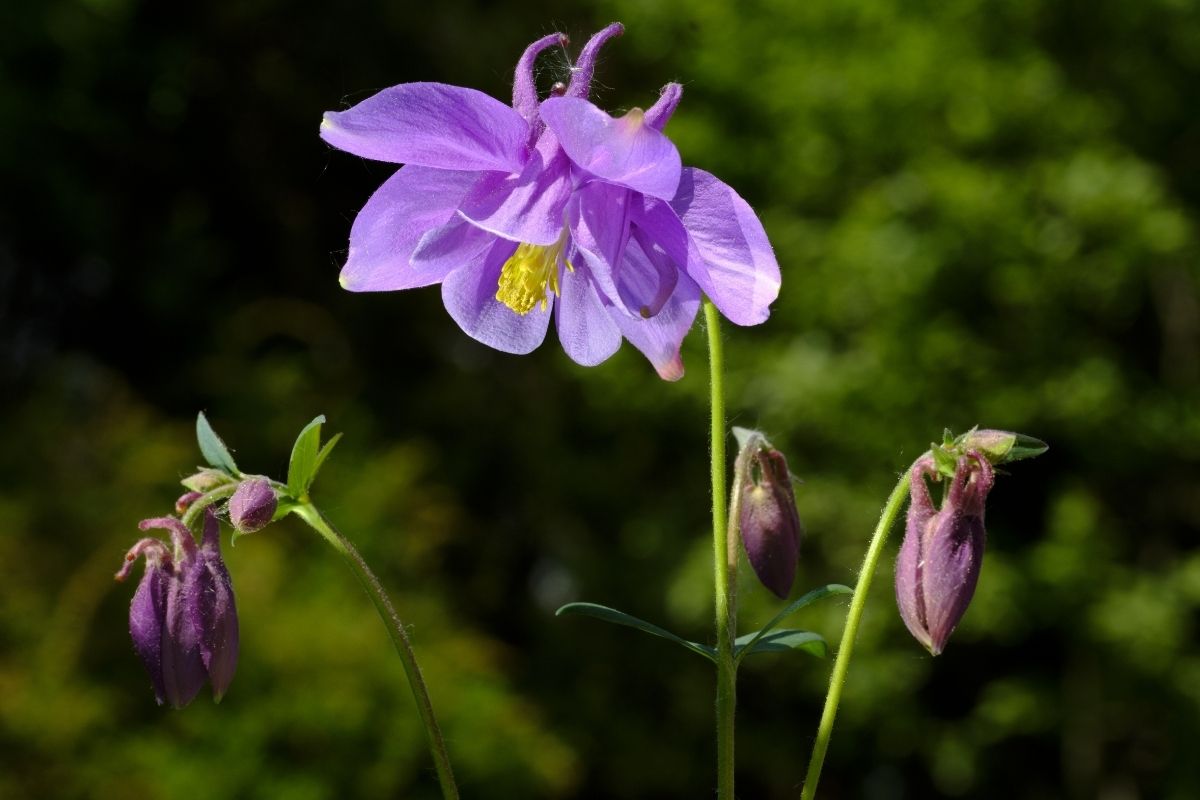
Botanical name: Aquilegia
Come rain or shine, you will be able to enjoy these gorgeous white and purple flowers all year round – their bloom starts with gentle lilac petals, and these change color as the flower grows and matures.
Even better, they are amazing for attracting hummingbirds!
32. Dendrobium Orchid
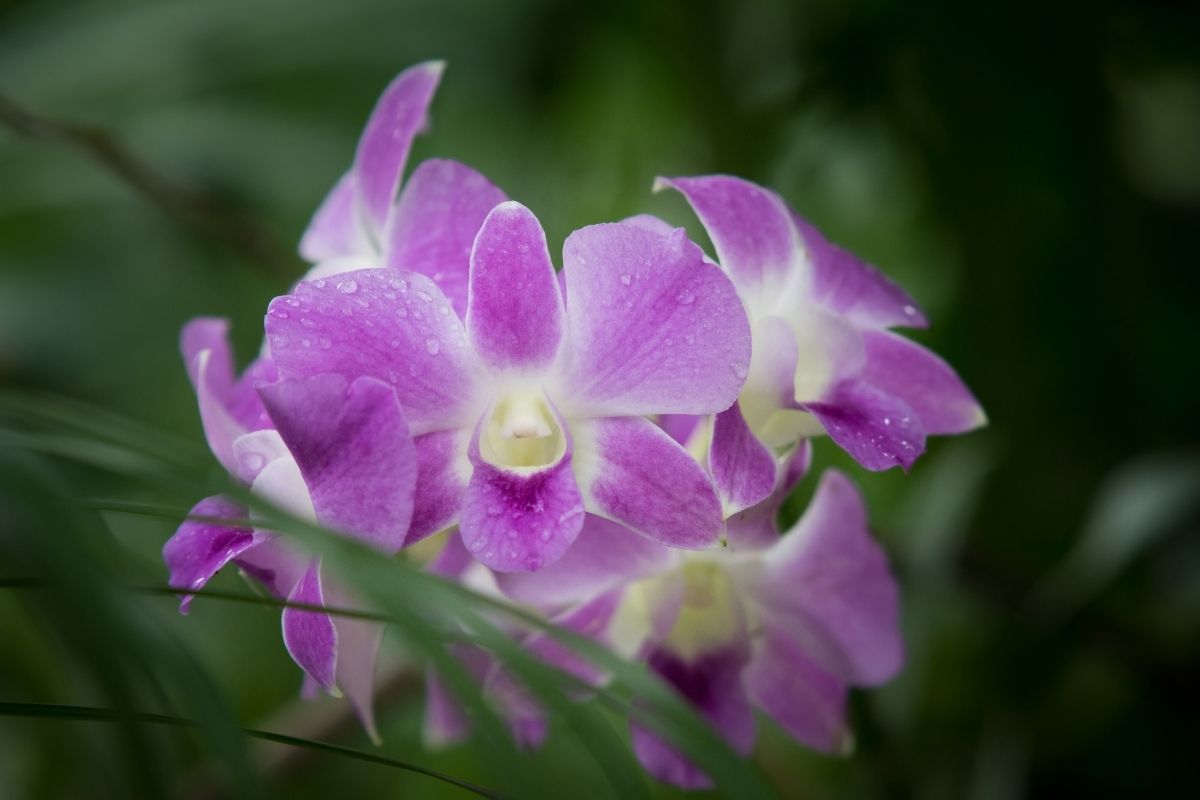
Botanical name: Dendrobium
All orchids are gorgeous, but these blooms range from a subtle lilac to a full deep purple, and look amazing in a window box.
33. Fuchsia
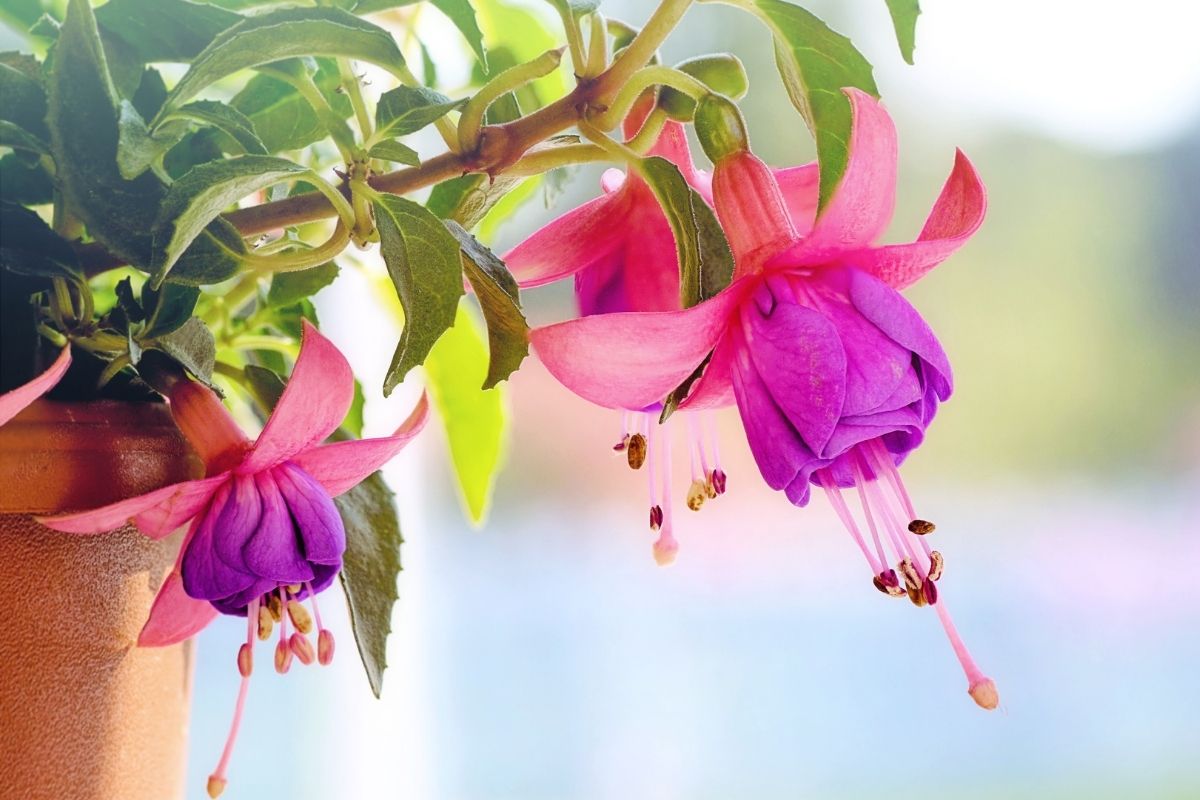
Botanical name: Fuchsia
Perfect for attracting attention for all the right reasons, the fuchsia is a common sight in many hanging baskets thanks to a blend of cute of a unique shape and stunning lilac petals.
34. Morning Glory
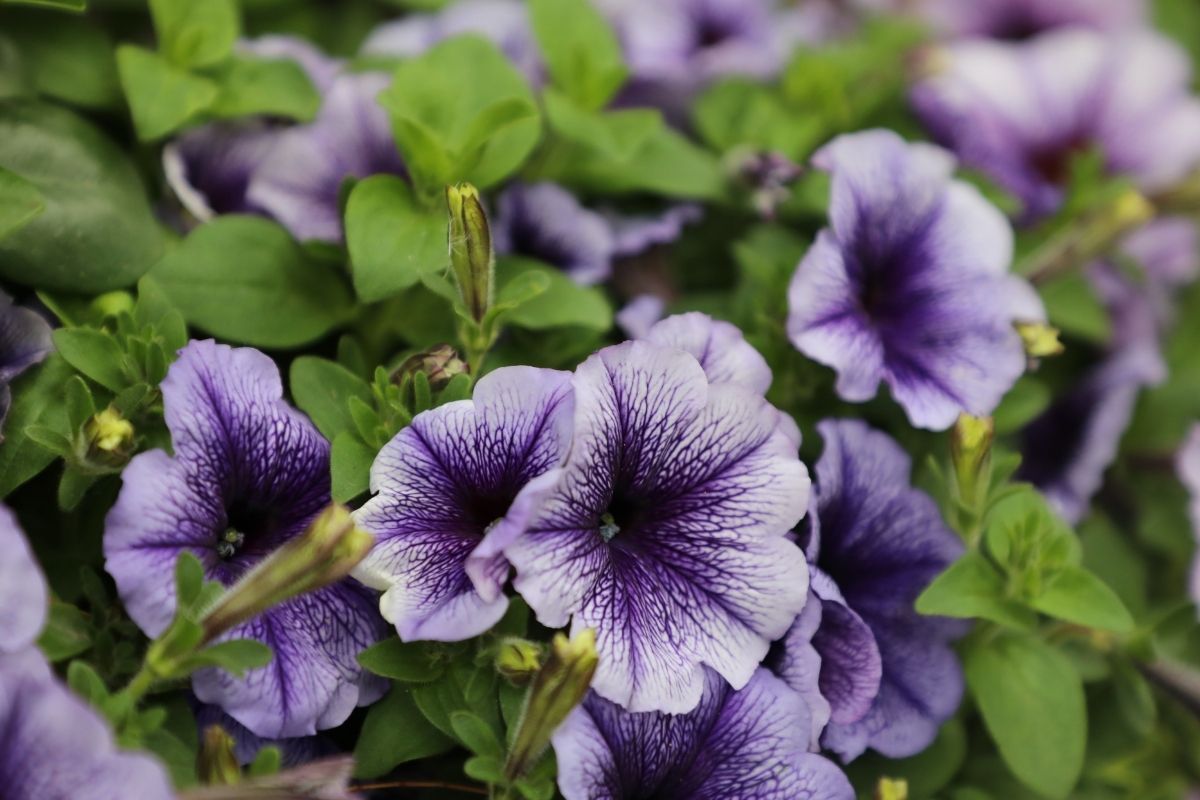
Botanical name: Ipomoea
Enjoy stunning sights from the moment you open your door in the morning – the lilac petals of morning glory close in the evening, and reopen at first light for a stunning scene.
When you first emerge after a good nights, sleep, there is no better sight to see!
Final Thoughts
Flowers are an important element of any garden, and learning more about them should be a key priority for any keen gardener.
Whether you are an amateur gardener wanting to learn more, trying to design and plant your very first home garden, or an experienced botanist who just wants to discover everything that there is to know about the world of plants and flowers, this helpful guide will give you a starting point – now you need to go forth and expand your knowledge!
Editor’s Recommendations
17 Stunning Yellow Orange Flowers (With Pictures)
Here Is Why Your Peace Lily Flowers Are Turning Brown & How To Fix It Fast!







